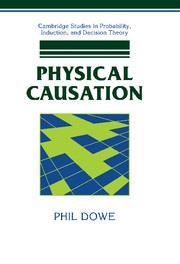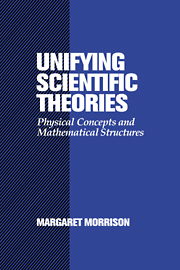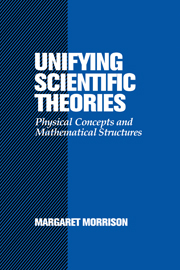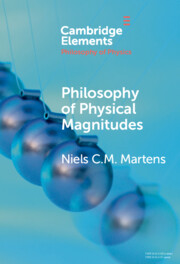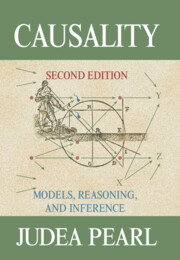Physical Causation
This book, published in 2000, is a clear account of causation based firmly in contemporary science. Dowe discusses in a systematic way, a positive account of causation: the conserved quantities account of causal processes which he has been developing over the last ten years. The book describes causal processes and interactions in terms of conserved quantities: a causal process is the worldline of an object which possesses a conserved quantity, and a causal interaction involves the exchange of conserved quantities. Further, things that are properly called cause and effect are appropriately connected by a set of causal processes and interactions. The distinction between cause and effect is explained in terms of a version of the fork theory: the direction of a certain kind of ordered pattern of events in the world. This particular version has the virtue that it allows for the possibility of backwards causation, and therefore time travel.
- Clear account of causation based on the 'conserved quantity theory'
- Strong and growing interest in the field of causality
Reviews & endorsements
'This book … contains a detailed analysis of the notion of causality … The author's favourite solution of the conflict between quantum mechanics and Einstein's 'physical reality' in terms of 'backward causation' is fully discussed.' ASLIB Book Guide
Product details
December 2000Hardback
9780521780490
236 pages
229 × 152 × 17 mm
0.52kg
18 b/w illus. 1 table
Available
Table of Contents
- Acknowledgements
- 1. Horses for courses: causation and the task of philosophy
- 2. Hume's legacy: regularity, counterfactual and probabilistic theories of causation
- 3. Transference theories of causation
- 4. Process theories of causation
- 5. The conserved quantity theory
- 6. Prevention and omission
- 7. Connecting causes and effects
- 8. The direction of causation and backwards-in-time causation
- References
- Index.

